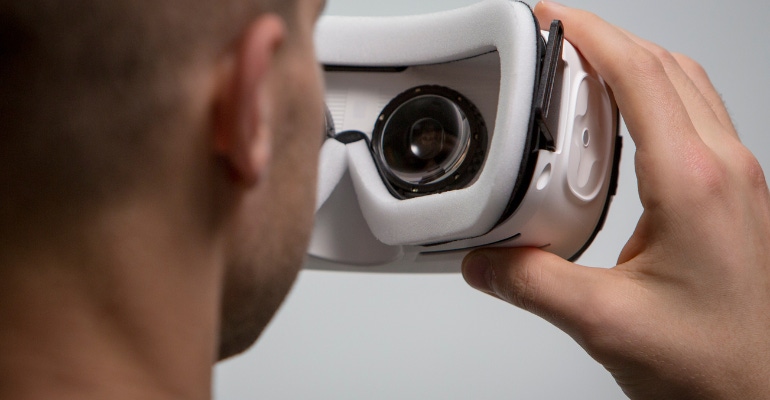SyncThink to Bring Eye-Tracking Tech to Europe
The company has received CE mark certification to sell its Eye-Sync technology in the European Union and United Kingdom.
August 11, 2022

SyncThink is eyeing the European market now that it has received a CE mark for its Eye-Sync technology.
The technology combines software and data analytics with eye-tracking sensors to measure and quantify eye movement biomarkers reflective of neurological impairment or disease. The technology is currently used by healthcare providers in hospitals and rehabilitation centers, sports, military, and in central nervous system drug development.
“The CE mark authorization for Eye-Sync is a tremendous advancement in our commitment to bringing objective, reliable measures of neurological function to healthcare providers in Europe,” said SyncThink CEO Gary Gregory. “We are excited to expand our commercial opportunities and strengthen our position in the market, while making our product more accessible to patients everywhere.”
The company plans to launch the Eye-Sync system this month in the European Union and the United Kingdom.
SyncThink has been on a roll lately. In March, the commpany expanded its partnership with Pico Interactive, a developer of virtual reality (VR) and enterprise solutions, and integrated its platform onto the Pico Neo 3 Pro Eye headset.

The Palo Alto, CA-based company also expanded its clinical advisory board recently, after securing its second FDA clearance for Eye-Sync to be used as an aid to concussion diagnosis or mild traumatic brain injury. Earlier this year, Magic Leap tapped SyncThink as a partner to help bring its Magic Leap 2 augmented reality (AR) system into the neurological health space and collaborate on clinical studies. Magic Leap and SyncThink actually began working together back in 2019.
FDA initially cleared the Eye-Sync platform in March 2016 for recording, viewing, and analyzing eye movements to help clinicians identify visual tracking impairment.
VR and AR technology is increasingly finding a home in healthcare. VR and AR headsets are used for everything from training surgeons on new techniques and procedures to delivering digital therapeutics.
About the Author(s)
You May Also Like



.png?width=300&auto=webp&quality=80&disable=upscale)
